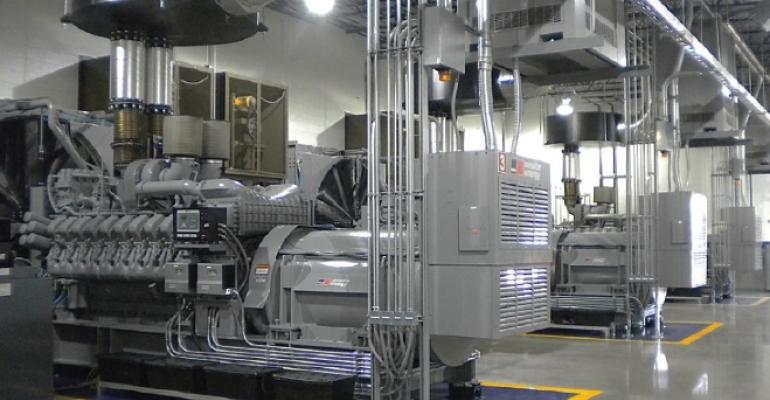As we’ve previously discussed, the state of New York has set a target of going 100% carbon-free energy by 2040. But where does the state stand now, and what would it take to get there?
The Climate Leadership and Community Protection Act, passed in June, sets many goals including but not limited to procurement for generation of:
- Offshore wind projects: 9,000 MW by 2035
- Distributed solar: 6,000 MW by 2025
- Storage capacity: 3,000 MW by 2030 (1,500 MW by 2025)
The state has committed to investing $2.9 billion in 46 renewable energy projects. Just this summer it awarded two offshore wind contracts to generate about 1700 MW.
According to the EIA, as of 2018, 29% of New York’s in-state power generation already comes from renewable sources. The majority of renewable energy is generated by hydroelectric stations, then wind and the rest is from biomass, biogas and solar.
New York has put a lot of things in motion to help it move from 29%. Electricity generation is the area where the state has the best opportunity to make big strides. The New York Public Service Commission’s Clean Energy Standard (CES), has a target of 50% of the state’s electricity coming from renewables by 2030. It seems likely the state will achieve this, as the Nuclear Energy Institute reports that New York already generates 32% of its electricity from nuclear energy, which accounts for over half of the state’s carbon-free electricity. The state is also the third-largest producer of hydroelectricity in the country (number one east of the Rockies).
A significant percentage (30%) of New York’s non-renewable energy use comes in the form of petroleum to power its public transit system. New Yorkers use public transit at a rate of five times the rest of the country. While this means that per capita, New Yorkers consume less petroleum than the rest of the country, the transportation sector reflects this use of mass transit. New York City’s Mass Transit Authority has committed to reducing greenhouse emissions by increasing the energy efficiency of their fleet and facilities. As the MTA goes green, so will the state and its fuel use.
The state has put together a Clean Energy Dashboard where you can follow along as utility companies and businesses work together to help reach this ambitious goal. According to the dashboard, which was last updated in July 2019, New York’s consumption and production is dominated by natural gas:
While the state energy companies are each working to make the move to renewable energy, the state is counting on businesses to do the same. The state and federal government both offer incentives to businesses to implement solar and wind energy systems. Many of these systems have been shown to pay for themselves within a decade, and thanks to the state’s net metering laws, businesses can sell excess electricity generated by renewable technologies back to the power grid. DOSE would be happy to consult with you to help be a part of this exciting transformation.



